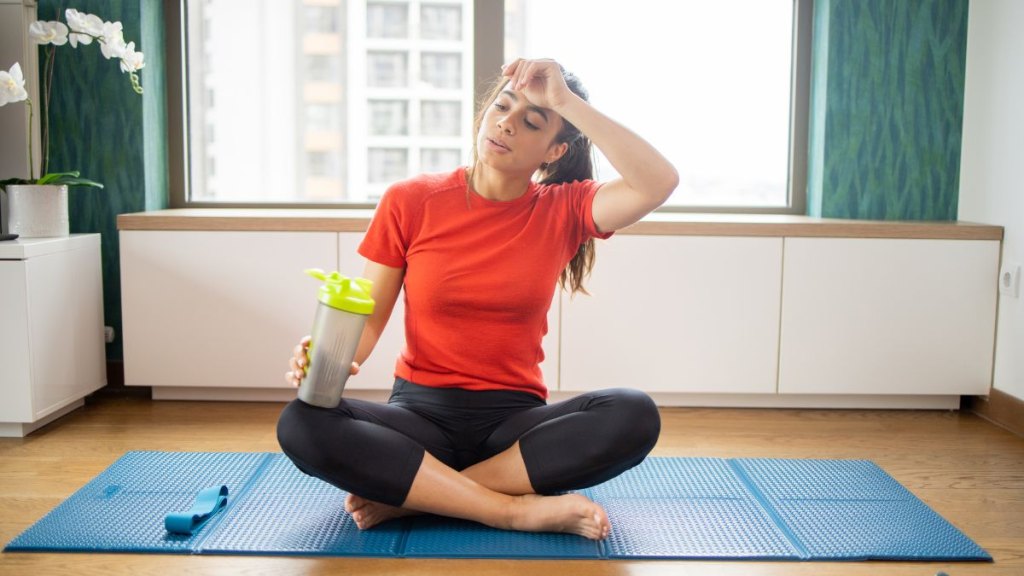Jumping jacks, a staple of school gym classes, are not just for kids—they can also reveal much about your health. Even if you haven’t done the exercise recently, your ability to do them today can provide valuable information about your cardiovascular fitness.
“Jumping jacks are a fantastic form of body weight–based cardiovascular exercise,” says exercise physiologist Tom Holland, M.S., CSCS, author of The Micro-Workout Plan. “It’s a full-body movement involving plyometrics [dynamic moves that build strength, power, balance and agility] and coordination.”
Regular jumping jacks boost cardiovascular fitness, improve blood pressure and cholesterol and strengthen your heart—all key to reducing health risks like heart disease and type 2 diabetes.
What’s more, research shows that regularly engaging in jumping exercises improves bone density and bone strength. An added perk: “You can do them anytime, anywhere,” Holland says. To gauge your cardiovascular fitness level, take our test.
How to do the jumping jacks test
Stand with feet shoulder-width apart, arms at your sides and palms facing your hips.
As you jump your feet out to the sides, simultaneously bend your arms and bring them overhead so your fingertips touch, palms facing forward.
Keep your head in line with your spine and your gaze straight ahead as you do this.

Jump back to the starting position, bringing your arms down to your sides.
Repeat the move for as long as you can, while timing yourself.
“Keep the movement small and contained until you get the coordination down,” Holland says. “At any intensity, keep it a smooth movement and don’t let your knees collapse inward.”
For a no-jump version, simply step your left foot out and lift your arms overhead, then bring your left foot in and lower your arms. Switch sides and repeat for as long as you can.
What your results say about your fitness
Jumping for 30 seconds indicates good fitness, while 60 seconds shows even better endurance. Over a minute? You’re in excellent shape!
If you struggled…

Don’t worry. You can train yourself to do more jumping jacks by doing them regularly and taking a break when you need to, then resuming them, Holland says. “March in place in between bouts to keep yourself moving.” You can also try the no-jump version above and work your way up to jumping.
If you want to increase the challenge…
For a more intense workout, try jumping higher, widening your stance and/or speeding up your pace.
You can ramp up the challenge even more by doing jumping jack burpees. Here’s how:
Do five jumping jacks, then drop down into a plank position. To do this, place your hands on the ground as you jump your feet back into a high plank position with your feet together.
Then jump your feet back toward your hands and return to a standing position to complete a burpee. Repeat the five jumping jacks followed by one burpee for as long as you can.
The bottom line
It’s worth the effort to bring jumping jacks back into your fitness regimen because they’re good for your cardiovascular endurance, your coordination and your balance. What’s more, Holland notes that the lateral movement is important because as we age, we do everything moving forward and backward. Doing jumping jacks will help you move better in all three directions (forward, backward and sideways), which can decrease your risk of falls and injuries.




